Canadian National Railway (CNI) has fallen by 32% from its all-time high, leaving the stock with a trailing P/E ratio of 17.6 and a dividend yield of 2.7%—the highest yield the company has offered in the past decade. That combination of lower valuation and higher yield naturally raises the question: is the market mispricing CNI, or are there risks that justify the discount?
This article breaks down CNI’s business operations, fundamentals, and technicals to help investors decide whether the stock is a buy, hold, or sell.
Business Overview
Canadian National Railway is Canada’s second-largest rail network, operating nearly 20,000 miles of track across Canada and into the United States, with access to three coastal regions. Beyond rail, the company also operates trucks to complete product transportation, known as intermodal services.
Revenue is spread across eight main categories, with intermodal being the largest contributor at 22%. Petroleum & chemicals and grain & fertilizers each contribute 20%, while metals & minerals account for 12%. Forest products make up 11%, coal 6%, automotive 5%, and the “other” category 4%.
Year-over-year, total freight revenue has been flat. Three segments grew, while five declined, with coal showing the steepest drop at 9%. However, coal is a relatively small contributor to overall revenue. Geographically, 70% of revenue comes from Canada and 30% from the U.S.
Revenue Breakdown by Segment
| Segment |
% of Revenue |
| Intermodal |
22% |
| Petroleum & Chemicals |
20% |
| Grain & Fertilizers |
20% |
| Metals & Minerals |
12% |
| Forest Products |
11% |
| Coal |
6% |
| Automotive |
5% |
| Other |
4% |
Business Advantages
One of the strongest advantages of rail is efficiency. Rail is about 3.5 times more fuel-efficient than trucking when measured in gallons of fuel consumed per gross ton-mile. This efficiency translates directly into profitability.
CNI boasts an operating margin of 40%, which is remarkably close to Microsoft’s 46%. That’s not something you often see in an industrial business. The high margin is driven by fuel efficiency, relatively low maintenance costs, and the simplicity of rail operations.
Another advantage is diversification. Railroads are the backbone of an economy, transporting essential raw materials across multiple industries. By investing in CNI, shareholders gain exposure to a wide range of sectors without having to pick winners and losers individually.
Risks and Challenges
Despite these strengths, CNI faces several risks. First, some industries it serves are shrinking. Coal, for example, declined 9% year-over-year, reflecting the global shift toward renewable energy. While coal is only 6% of revenue, it highlights the vulnerability of certain segments.
Another challenge is declining freight volume. Comparing 2015 to 2024, total carloads have dropped. CNI has attempted to offset this through acquisitions, such as Iowa Northern Railway (175 miles of track) and Cape Breton & Central Nova Scotia Railway (150 miles). Together, these added just 1.7% to total route miles. However, overall route miles have declined 4.1% since 2015.
Finally, transporting hazardous materials carries liability risk. Accidents, like the Norfolk Southern derailment in Ohio, can have severe financial and reputational consequences. While rare, these events remain a structural risk for the industry.
Route Network Changes
| Year Range |
Change in Route Miles |
| 2015–2024 |
-4.1% |
| Recent Acquisitions |
+1.7% |
Financial Performance
Since 2015, CNI’s revenue has grown at a modest annualized rate of 3%. Over the past two years, revenue has been flat. Free cash flow, however, has grown faster at 5% annually, thanks in part to share repurchases. The company has reduced its share count by 2.3% annually over the past decade, a sign of disciplined capital allocation.
On the balance sheet, total liabilities compared to net income stand at 7.7x. Net debt to EBITDA is 2.5x, which is manageable. Liabilities are growing at about 4.9% annually, roughly in line with free cash flow growth.
From a valuation perspective, CNI looks attractive. Its trailing price-to-cash-flow ratio is 11.9, a 25% discount to its five-year average of 15.8. Its P/E ratio of 17.6 is also well below the industrials ETF (XLI) average of 26.9.
Key Financial Metrics
| Metric |
Value |
| Revenue Growth (10-year CAGR) |
3.0% |
| Free Cash Flow Growth (10-year CAGR) |
5.0% |
| Share Count Reduction (10-year CAGR) |
2.3% |
| Net Debt / EBITDA |
2.5x |
| Price-to-Cash-Flow |
11.9x |
| P/E Ratio |
17.6 |
Dividend Profile
CNI’s dividend yield of 2.7% is the highest in a decade. While not high in absolute terms, it is significant relative to the company’s history. Dividend growth has been strong, with a 10-year CAGR of 10.1%, a 5-year CAGR of 14.7%, and a one-year growth rate of 6%.
The company has raised its dividend for 28 consecutive years, demonstrating resilience. The payout ratio, however, has risen to 67% of free cash flow, compared to a 10-year average of 53%. While still sustainable, it suggests less room for aggressive dividend growth in the near term.
Dividend Growth History
| Timeframe |
CAGR |
| 10-Year |
10.1% |
| 5-Year |
14.7% |
| 1-Year |
6.0% |
| Streak |
28 yrs |
Technical Analysis
Looking at the stock chart, CNI has delivered a negative 12.5% return over the past five years. The current price of $93 is well below the 10-year average price of $126, representing a 26% discount.
Support appears to be holding around $92, with the stock trading just above that level. The Relative Strength Index (RSI) is at 39, near the bottom of its range, suggesting the stock is oversold.
Technical Snapshot
| Metric |
Value |
| 5-Year Price Return |
-12.5% |
| Current Price |
$93 |
| 10-Year Avg. Price |
$126 |
| Discount to Avg. Price |
26% |
| RSI |
39 |
Final Verdict: Buy, Hold, or Sell?
Canadian National Railway combines strong operating margins, a resilient dividend history, and a discounted valuation. Risks remain—declining freight volumes, exposure to hazardous materials, and slower revenue growth—but the stock’s current price already reflects much of this downside.
Given the combination of relative undervaluation, dividend stability, and technical support near current levels, CNI looks like a Buy for long-term investors seeking steady returns with moderate risk.
If you’re interested in Canadian National Railway (CNI), you’ll definitely want to check out these other transport and rail giants 🚂. Each one shares similarities with CNI but also brings unique advantages that may make them even more compelling.
| Company |
Symbol |
Why It May Be Better Than CNI |
| CSX Corporation |
CSX |
Stronger exposure to U.S. markets with higher freight volume growth potential and more aggressive efficiency initiatives. |
| Norfolk Southern |
NSC |
Larger U.S. network with strong pricing power and higher dividend yield stability compared to CNI. |
| Canadian Pacific Kansas City |
CP |
Unique advantage of being the only rail operator with direct access to Canada, the U.S., and Mexico, offering superior North American trade exposure. |
| Union Pacific |
UNP |
The largest U.S. rail network with unmatched scale, giving it stronger long-term pricing leverage and higher operating efficiency. |
| TFI International |
TFII |
Diversified trucking and logistics operations across North America, providing faster growth opportunities and less reliance on rail freight volumes. |
Would you like me to also create a visual comparison chart (like a clean infographic-style table) that highlights valuation, dividend yield, and growth rates side by side? That could make the differences pop for your readers.
https://youtu.be/cdU2JZ3MZCQ?si=VF56dcbT-kJII8v-
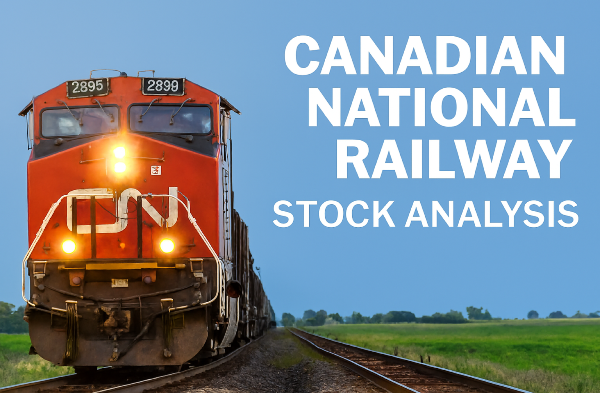

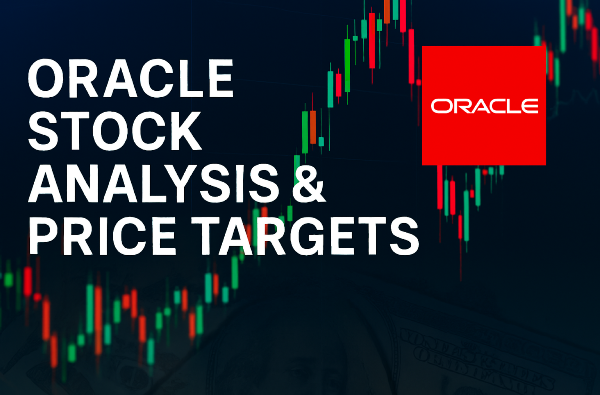
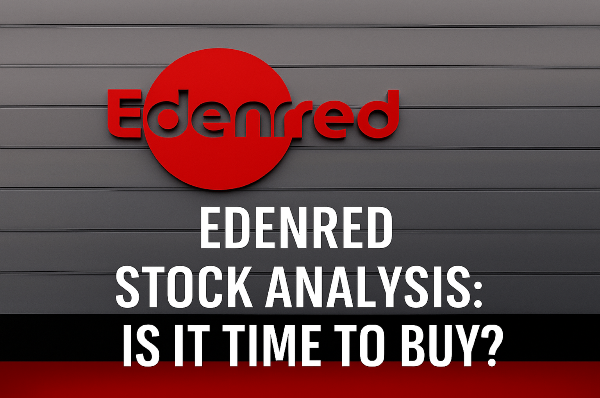
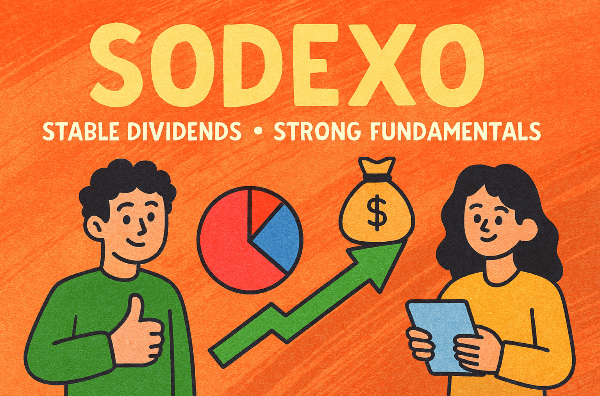
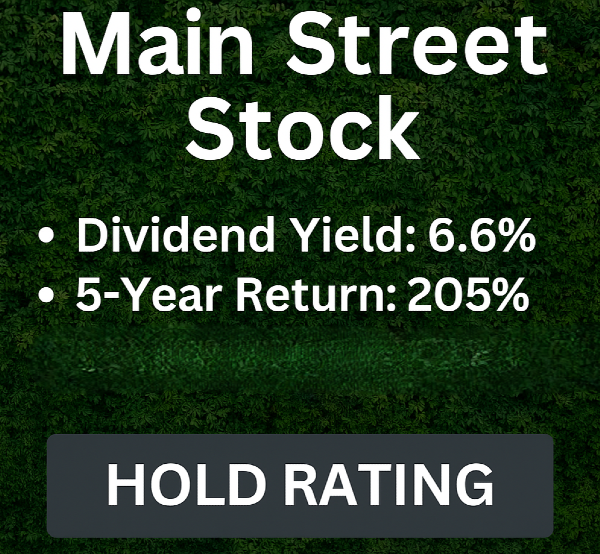


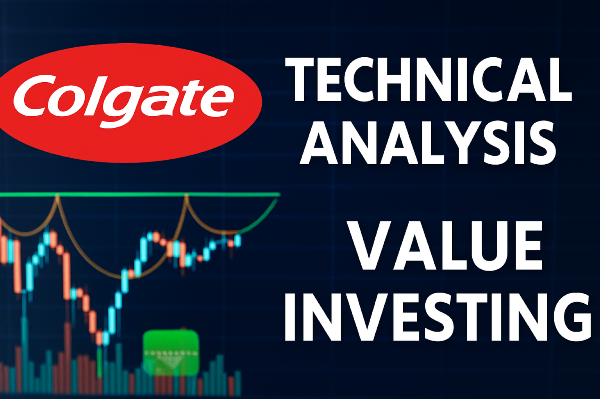
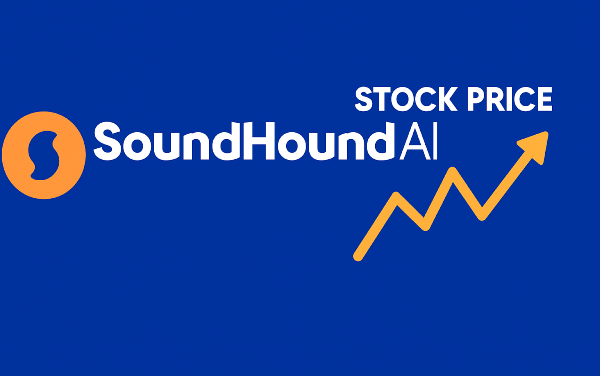

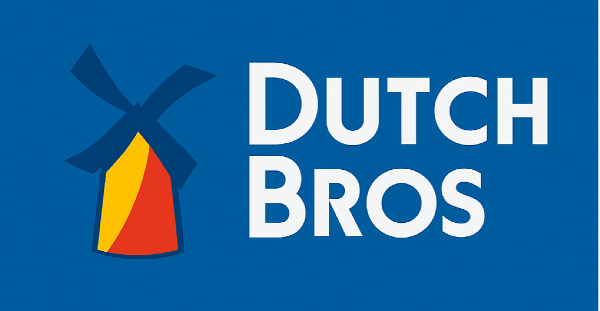

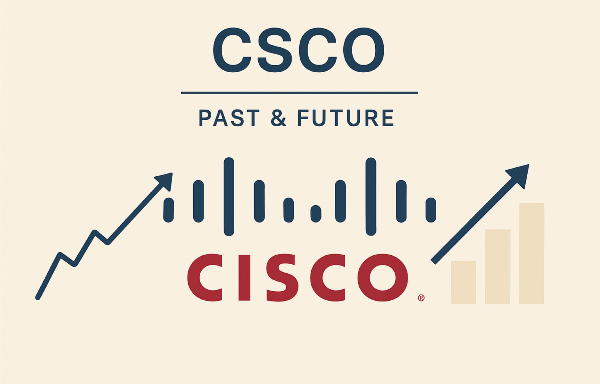
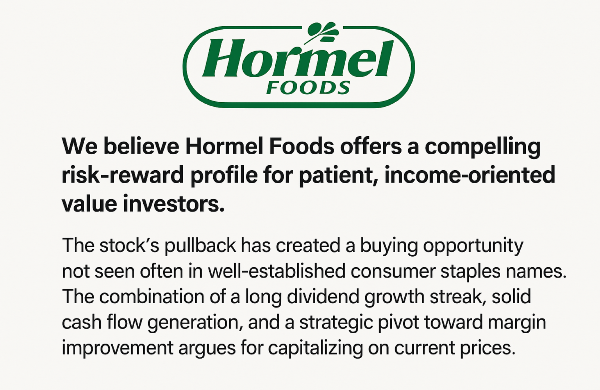
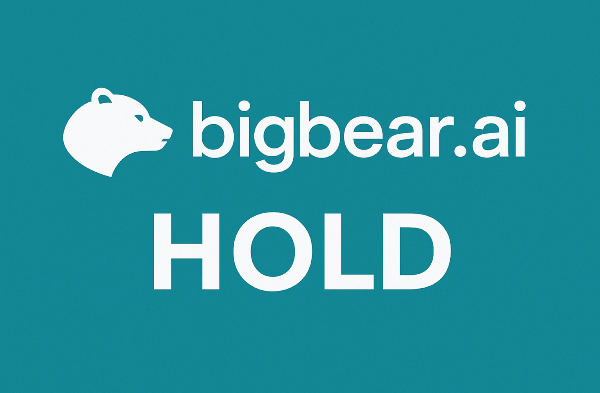

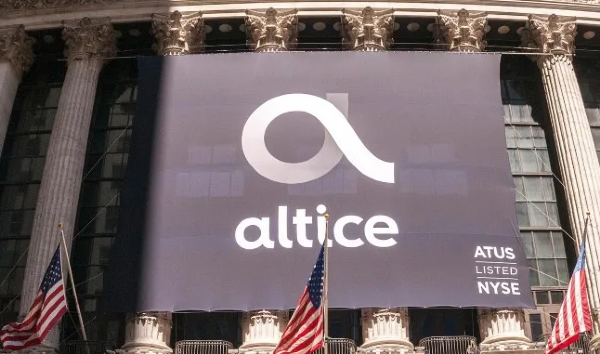
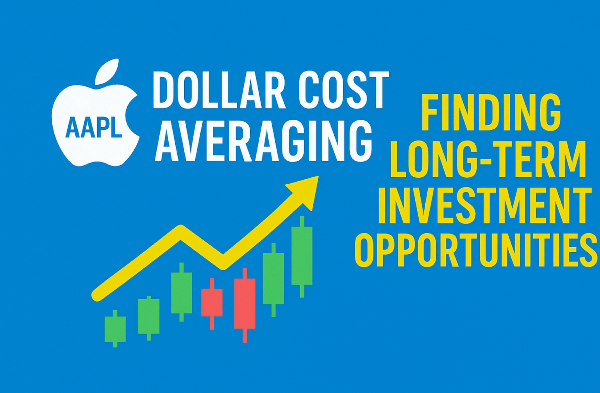
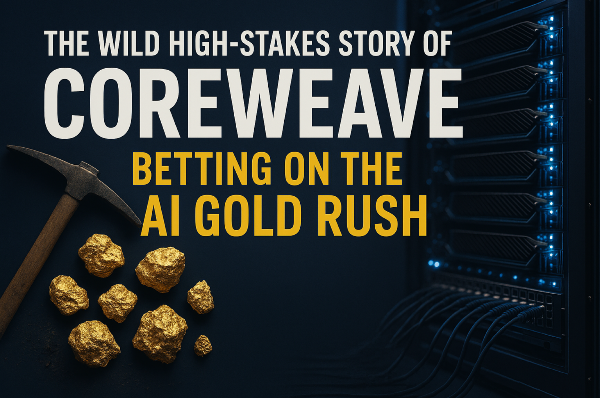










Canadian National Railway (CNI) has fallen by 32% from its all-time high, leaving the stock with a trailing P/E ratio of 17.6 and a dividend yield of 2.7%—the highest yield the company has offered in the past decade. That combination of lower valuation and higher yield naturally raises the question: is the market mispricing CNI, or are there risks that justify the discount?
This article breaks down CNI’s business operations, fundamentals, and technicals to help investors decide whether the stock is a buy, hold, or sell.
Business Overview
Canadian National Railway is Canada’s second-largest rail network, operating nearly 20,000 miles of track across Canada and into the United States, with access to three coastal regions. Beyond rail, the company also operates trucks to complete product transportation, known as intermodal services.
Revenue is spread across eight main categories, with intermodal being the largest contributor at 22%. Petroleum & chemicals and grain & fertilizers each contribute 20%, while metals & minerals account for 12%. Forest products make up 11%, coal 6%, automotive 5%, and the “other” category 4%.
Year-over-year, total freight revenue has been flat. Three segments grew, while five declined, with coal showing the steepest drop at 9%. However, coal is a relatively small contributor to overall revenue. Geographically, 70% of revenue comes from Canada and 30% from the U.S.
Revenue Breakdown by Segment
Business Advantages
One of the strongest advantages of rail is efficiency. Rail is about 3.5 times more fuel-efficient than trucking when measured in gallons of fuel consumed per gross ton-mile. This efficiency translates directly into profitability.
CNI boasts an operating margin of 40%, which is remarkably close to Microsoft’s 46%. That’s not something you often see in an industrial business. The high margin is driven by fuel efficiency, relatively low maintenance costs, and the simplicity of rail operations.
Another advantage is diversification. Railroads are the backbone of an economy, transporting essential raw materials across multiple industries. By investing in CNI, shareholders gain exposure to a wide range of sectors without having to pick winners and losers individually.
Risks and Challenges
Despite these strengths, CNI faces several risks. First, some industries it serves are shrinking. Coal, for example, declined 9% year-over-year, reflecting the global shift toward renewable energy. While coal is only 6% of revenue, it highlights the vulnerability of certain segments.
Another challenge is declining freight volume. Comparing 2015 to 2024, total carloads have dropped. CNI has attempted to offset this through acquisitions, such as Iowa Northern Railway (175 miles of track) and Cape Breton & Central Nova Scotia Railway (150 miles). Together, these added just 1.7% to total route miles. However, overall route miles have declined 4.1% since 2015.
Finally, transporting hazardous materials carries liability risk. Accidents, like the Norfolk Southern derailment in Ohio, can have severe financial and reputational consequences. While rare, these events remain a structural risk for the industry.
Route Network Changes
Financial Performance
Since 2015, CNI’s revenue has grown at a modest annualized rate of 3%. Over the past two years, revenue has been flat. Free cash flow, however, has grown faster at 5% annually, thanks in part to share repurchases. The company has reduced its share count by 2.3% annually over the past decade, a sign of disciplined capital allocation.
On the balance sheet, total liabilities compared to net income stand at 7.7x. Net debt to EBITDA is 2.5x, which is manageable. Liabilities are growing at about 4.9% annually, roughly in line with free cash flow growth.
From a valuation perspective, CNI looks attractive. Its trailing price-to-cash-flow ratio is 11.9, a 25% discount to its five-year average of 15.8. Its P/E ratio of 17.6 is also well below the industrials ETF (XLI) average of 26.9.
Key Financial Metrics
Dividend Profile
CNI’s dividend yield of 2.7% is the highest in a decade. While not high in absolute terms, it is significant relative to the company’s history. Dividend growth has been strong, with a 10-year CAGR of 10.1%, a 5-year CAGR of 14.7%, and a one-year growth rate of 6%.
The company has raised its dividend for 28 consecutive years, demonstrating resilience. The payout ratio, however, has risen to 67% of free cash flow, compared to a 10-year average of 53%. While still sustainable, it suggests less room for aggressive dividend growth in the near term.
Dividend Growth History
Technical Analysis
Looking at the stock chart, CNI has delivered a negative 12.5% return over the past five years. The current price of $93 is well below the 10-year average price of $126, representing a 26% discount.
Support appears to be holding around $92, with the stock trading just above that level. The Relative Strength Index (RSI) is at 39, near the bottom of its range, suggesting the stock is oversold.
Technical Snapshot
Final Verdict: Buy, Hold, or Sell?
Canadian National Railway combines strong operating margins, a resilient dividend history, and a discounted valuation. Risks remain—declining freight volumes, exposure to hazardous materials, and slower revenue growth—but the stock’s current price already reflects much of this downside.
Given the combination of relative undervaluation, dividend stability, and technical support near current levels, CNI looks like a Buy for long-term investors seeking steady returns with moderate risk.
If you’re interested in Canadian National Railway (CNI), you’ll definitely want to check out these other transport and rail giants 🚂. Each one shares similarities with CNI but also brings unique advantages that may make them even more compelling.
Would you like me to also create a visual comparison chart (like a clean infographic-style table) that highlights valuation, dividend yield, and growth rates side by side? That could make the differences pop for your readers.
https://youtu.be/cdU2JZ3MZCQ?si=VF56dcbT-kJII8v-